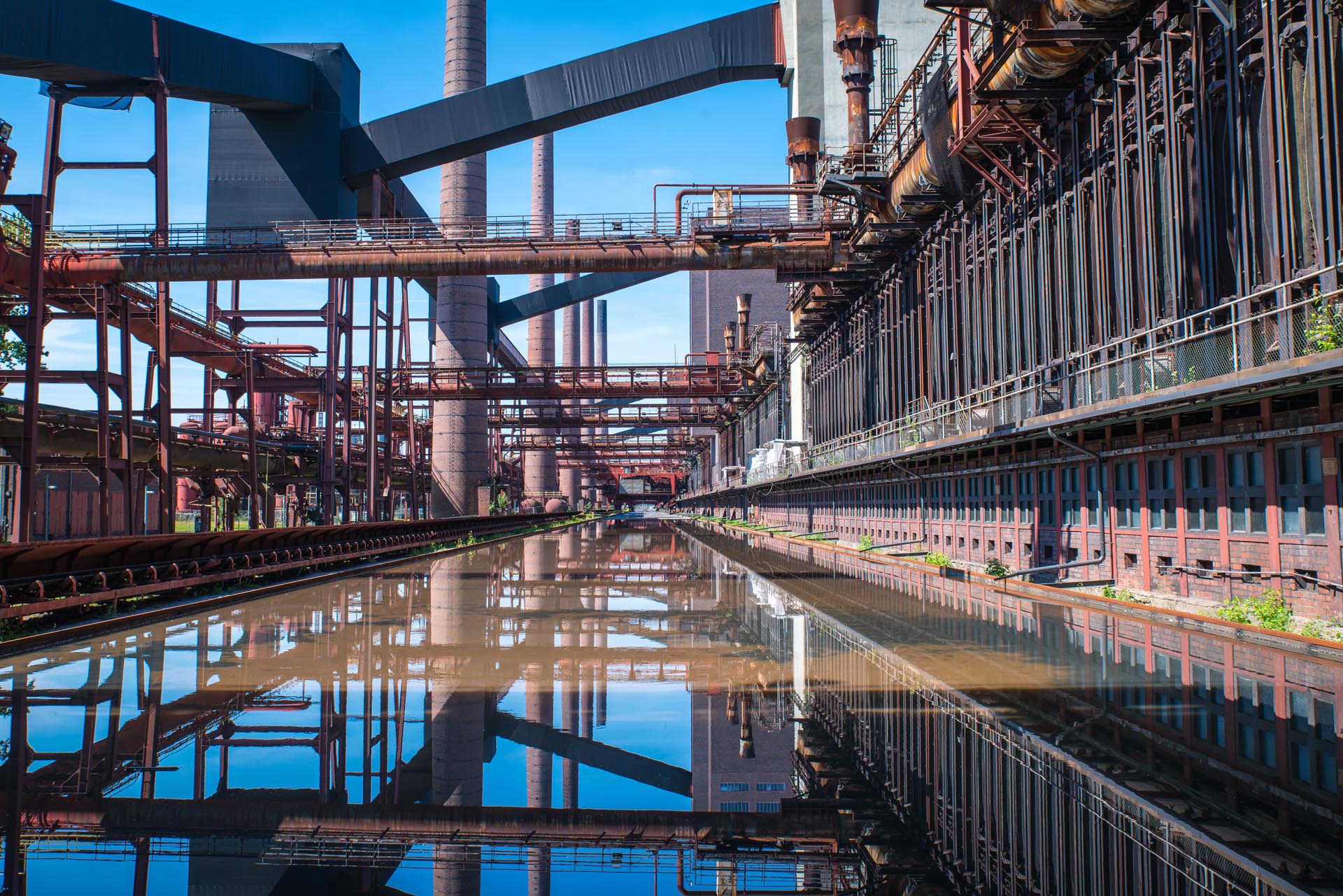Heavy metals like zinc, lead, and copper are common manufacturing byproducts in microchip manufacturing and chemical refining wastewater. When released into the environment, they are highly toxic and can cause harm to aquatic life, ecosystems, and human health. Therefore, implementing a Heavy Metal Waste Treatment System is crucial.
The Heavy Metal Waste Treatment System utilises various technologies to precipitate, filter, and remove these heavy metals from industrial wastewater. This is to avoid discharging them into the environment, harming the local ecosystems, and violating environmental regulations. Heavy metals wastewater is often treated with chemical precipitation, ion exchange, filtration, adsorption, and biological treatment technologies to achieve regulatory compliance and process water reuse quality.
Chemical precipitation utilises calcium carbonate, lime, or ferric chloride to change the pH of the wastewater and render heavy metals less soluble. This is why they precipitate. Ion exchange uses charged ion resins to attract and bind to heavy metals. The metals remain attached to the resins as the wastewater continues through treatment. Filtration utilises ultrafiltration and ceramic membranes to separate the heavy metals and wastewater, resulting in purified process water.
